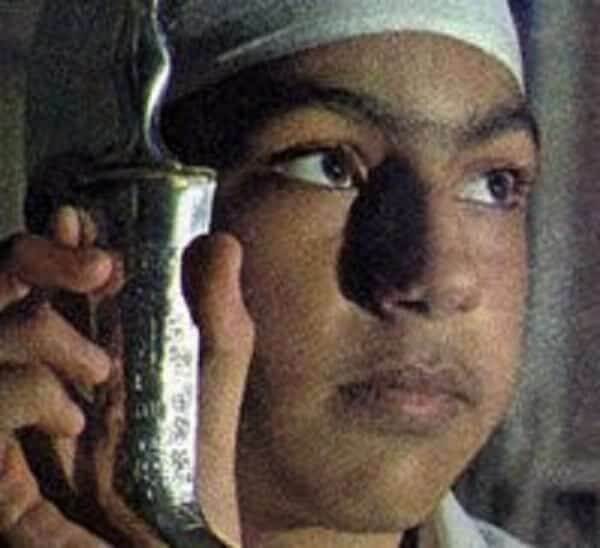There have been mixed responses to the issue of a school stabbing recently when a bullied young man of Sikh background used a kirpan, a symbolic knife of religious importance, to stab and seriously injure another older student.
That bullying is a serious issue in schools has been written about at other times – of course students need to be better heard, better protected from bullying and better understood. This is a separate conversation, and the issue requires its own treatment.
Community leaders have said that the issue is not the kirpan, which ironically represents the duty to stand against injustice. Rather, they say the student could have used a brick or a compass as well. Yes, he could have, but he did not. He used the kirpan. They say that banning the kirpan amounts to indirect racism.
The size of a kirpan varies but is generally between about 15cm and 22cm long. It is a single-sided knife and is described as a steel or iron mini-sword. Clearly, young people carrying such implements raises appropriate concerns.
These concerns relate to understanding young men, impulsivity, their perceptions about injustice, and what is reasonable.
Having taught in diverse classes, I know that most students would be distinctly uncomfortable knowing that a student or students in their cohort are carrying an iron or steel mini sword to defend against injustice. They would ask, “What if I say something that is perceived as unjust?” This perception alone can create tension and distrust between students. Instead of creating understanding, mistrust can grow between different communities.

Teachers, too, would be distinctly unsettled. In one school I taught at, perceptions about injustice led to playground brawls, a teacher having rocks thrown at her, and others having their cars damaged. Whilst none of these things occurred in this instance, the issue stems from why this student sought to use the kirpan. Self-defence is embedded in the notion of an injustice.
In instances of tensions or bullying between groups of adolescent boys, carrying a kirpan can escalate dangers among impulsive young men. In my experience, I’ve seen how perceiving injustice can make young men lash out. If some of these students know that others carry mini swords, albeit for religious purposes, they themselves will justify carrying knives for non-religious purposes where matters of injustice are perceived. This cannot be a good outcome.
So, what can be done to balance the need for a celebration and expression of religious diversity with safety and consistency? Could Sikh students be asked to carry a symbolic representation of the kirpan that is far smaller (1cm in length) and not made of steel?
The NSW government has instead opted to ban carrying them altogether. In this regard, there is precedent, both in India and internationally: in international or domestic flights, the kirpan is banned. In such cases, even those who are deeply religious make a reasonable adjustment. I doubt many people who want to travel or need to do so, would not do so if they had to temporarily give up wearing the kirpan. A Sikh woman confirmed this, saying “In India, it is not deemed racist if the kirpan is not worn on flights.”
Why should education be any different?
If people seek an education, it is not unreasonable to expect an adjustment, reflective of the times, diverse communities, and a need for all children and teachers in schools to feel and be safe.
If communities still feel misunderstood, aggrieved, or treated unfairly, parents can opt to buy or make symbolic representations of the kirpan that can be carried safely and lessen the feeling of compromise.
Banning the kirpan in schools, just as banning them on flights, seems to be a reasonable accommodation. It is not a decision about race. In this case, the trade-off is for something larger – the gaining of an education.
READ ALSO: Lessons from the Shore muck-up day saga: Making men out of our boys
Link up with us!
Indian Link News website: Save our website as a bookmark
Indian Link E-Newsletter: Subscribe to our weekly e-newsletter
Indian Link Newspaper: Click here to read our e-paper
Indian Link app: Download our app from Apple’s App Store or Google Play and subscribe to the alerts
Facebook: facebook.com/IndianLinkAustralia
Twitter: @indian_link
Instagram: @indianlink
LinkedIn: linkedin.com/IndianLinkMediaGroup




